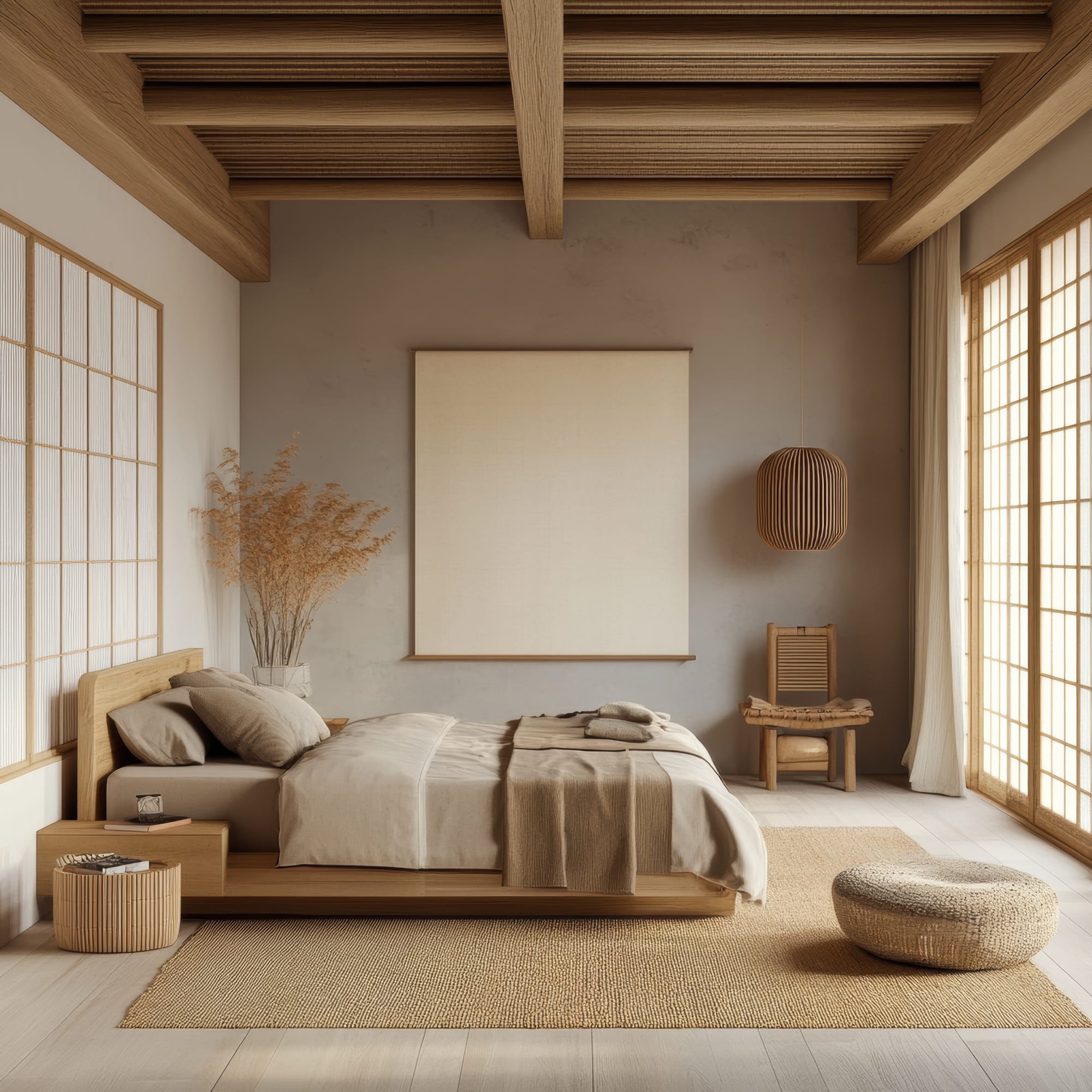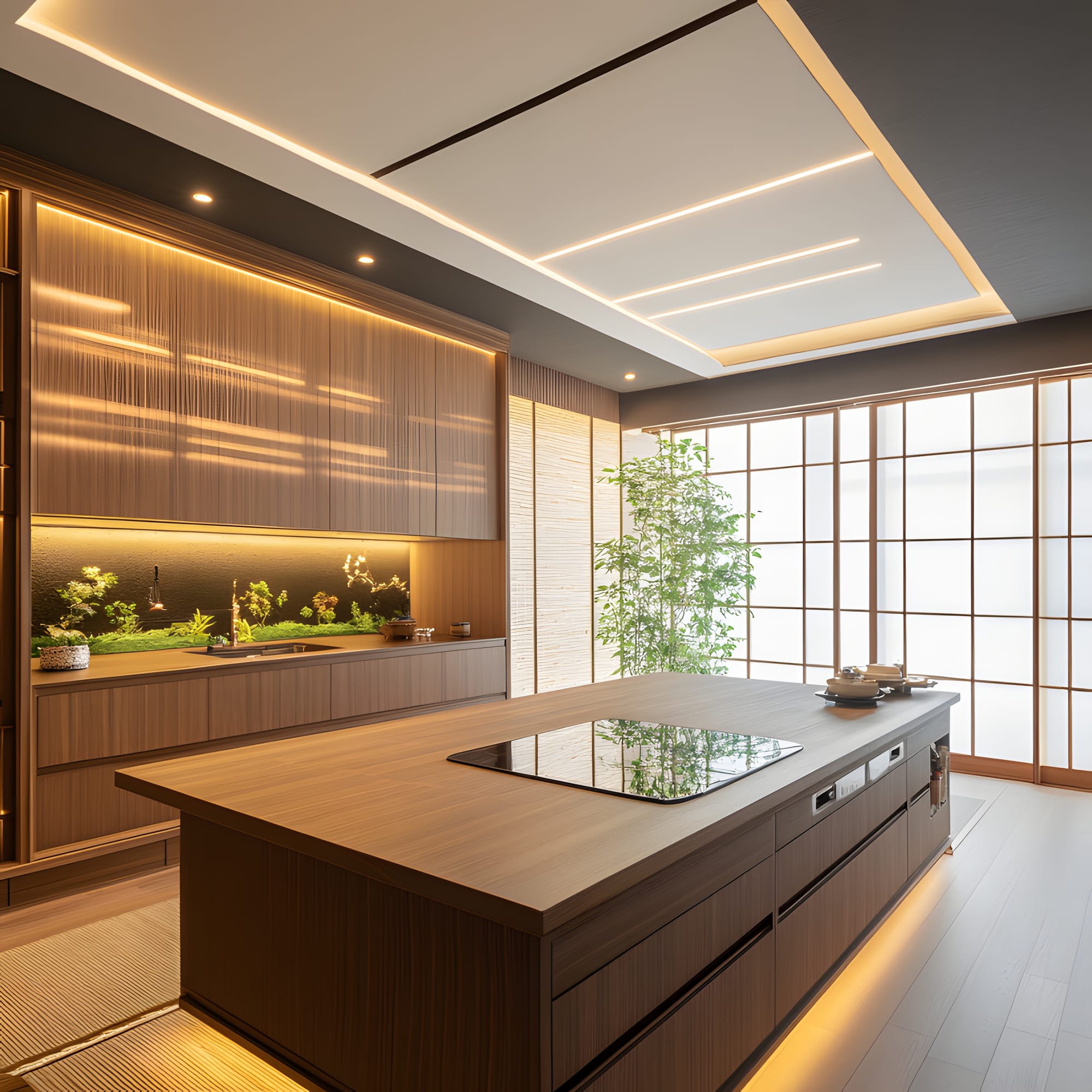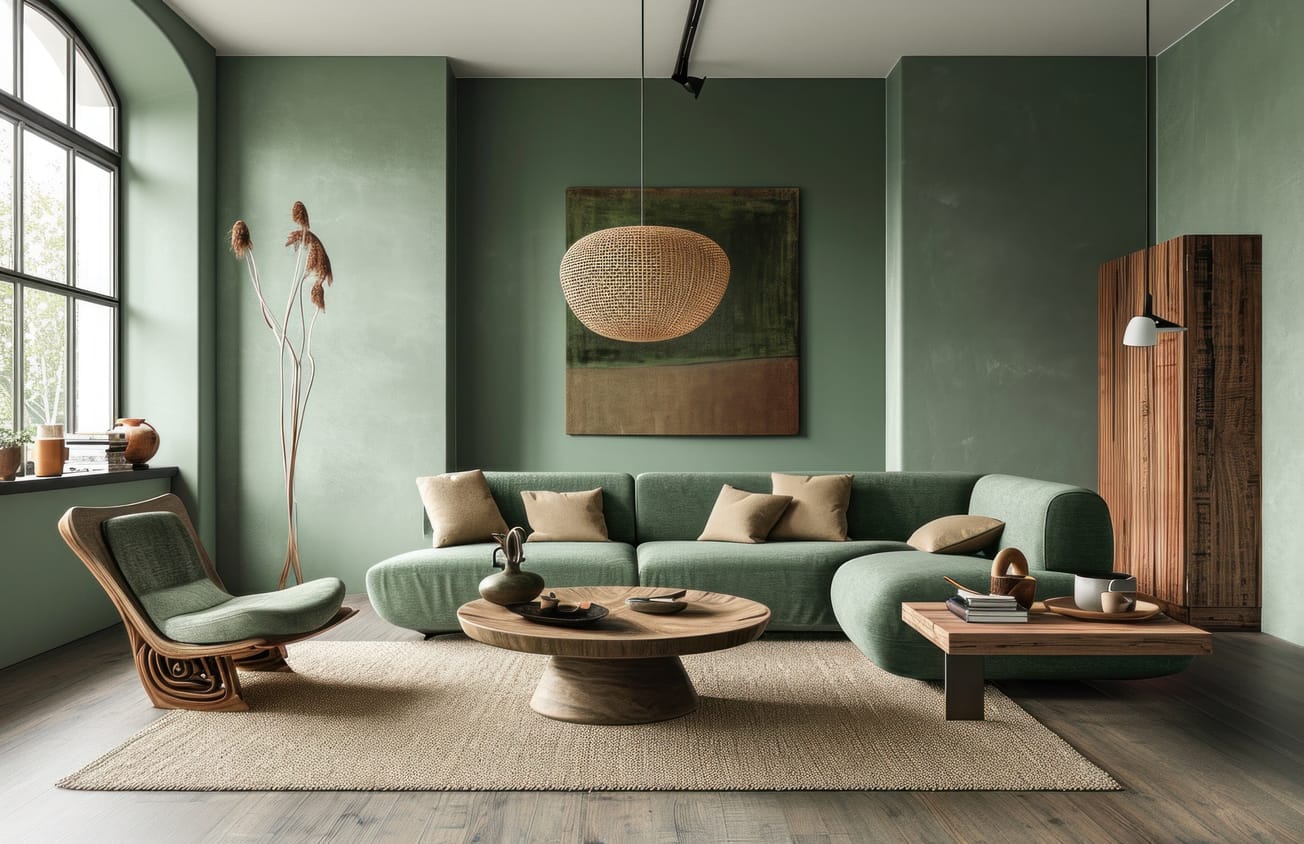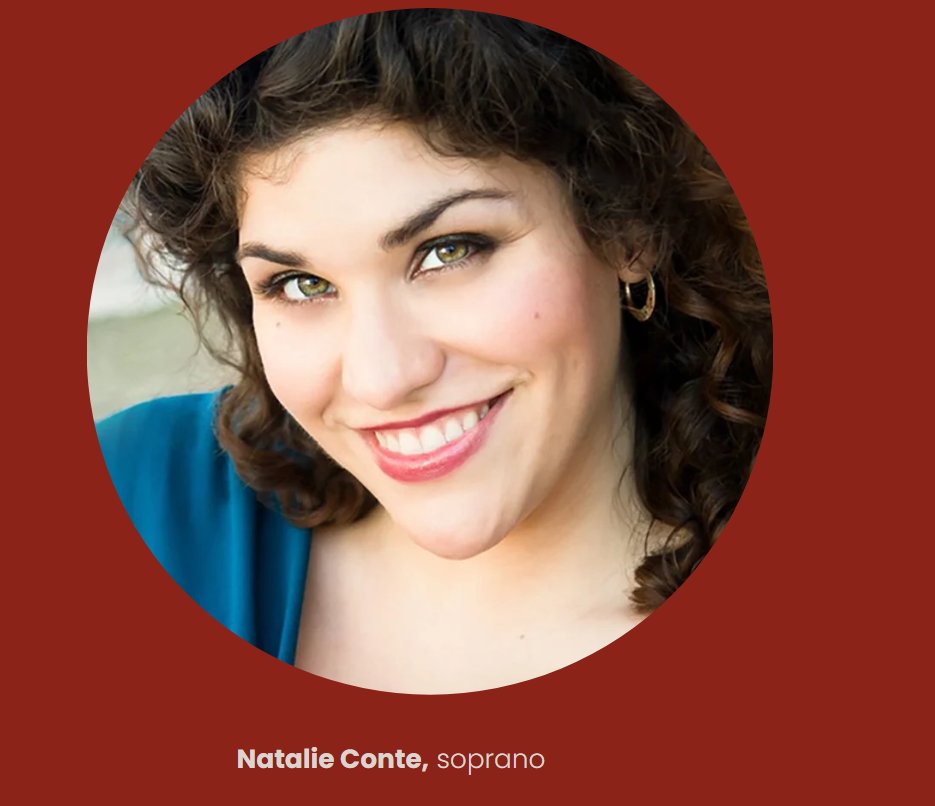Your home should be more than four walls — it should be your haven, your retreat, your place to breathe and recharge. Enter Japanese Minimalism. More than just a design trend, it is a philosophy — a way of creating balance, simplicity, and harmony with nature. By blending traditional Japanese aesthetics with modern minimalist principles, this approach keeps life clean, uncluttered, and deeply calming. And really, who could not use a little stylish calm in their lives?
To explore how this design philosophy can shape modern living, New Jersey Lifestyle sat down with Andrew Claire of ALC Development Group. ALC’s latest development in Atlantic City’s Lower Chelsea neighborhood incorporates Japanese minimalist principles inside and out.



Why Japanese Minimalism?
“Have you ever seen those little tabletop Zen gardens, with sand, a mini rake, and a few rocks?” Claire asks. “To me, that embodies Japanese Minimalism. It is calming, rooted in natural finishes, and essentially a canvas for your own design.”
That philosophy guided ALC’s newest project: eight Lower Chelsea townhomes. Each was designed to feel warm and inviting, while also allowing future owners to bring in their own personal style. “We wanted to create homes that feel open and adaptable,” Claire explains. “Japanese Minimalism favors flow over rigid structure, embracing the concept of wabi-sabi — finding beauty in imperfection, like the way a trail winds through the woods. We intentionally leave open space, allowing future owners the flexibility to shape the interior in a way that reflects their lifestyle and echoes the natural features that surround the home.
Design Elements In The Lower Chelsea Townhomes
For the exteriors, Claire and his team focused on clean lines, neutral colors, and large windows and sliding doors to capture as much natural light — and ocean views — as possible. Inside, the design leans on wood finishes, soft muted tones, and open, airy layouts. “These townhomes are just steps from the beach,” Claire says, “so Japanese Minimalism felt like the perfect aesthetic to mirror the calm and serenity of the ocean.”
Japanese Vs. Western Minimalism
While both philosophies favor simplicity, Claire points out a key distinction: “Western Minimalism often feels colder, defined by rigid layouts and industrial materials. Japanese Minimalism, by contrast, brings a sense of warmth — with natural hues, softer lines, and a more fluid sense of space. Western Minimalism had its moment, but Japanese Minimalism feels enduring — timeless.”
Tips For Bringing It Home
Thinking about bringing Japanese Minimalism into your own home? Claire recommends starting with a clean slate: “Begin by decluttering. Keep only the items that bring you joy or serve a clear purpose. Then reintroduce simplicity — think natural wood, stone, and a touch of greenery. Even just a few well-placed plants can completely shift the energy of a space and invite a sense of calm indoors.”
Andrew is the founder and principal of ALC Development Group, where he leads the firm’s design-forward strategy and oversees all aspects of project execution and risk management. Since launching the company in 2024, he has directed a diverse portfolio of development projects — spanning residential, mixed-use, and adaptive reuse — and played a key role in establishing multiple real estate investment funds. Andrew is currently focused on growing the firm’s development pipeline and driving innovation at the intersection of architecture, sustainability, and urban planning. He holds degrees from the University of Maryland and Drexel University.









